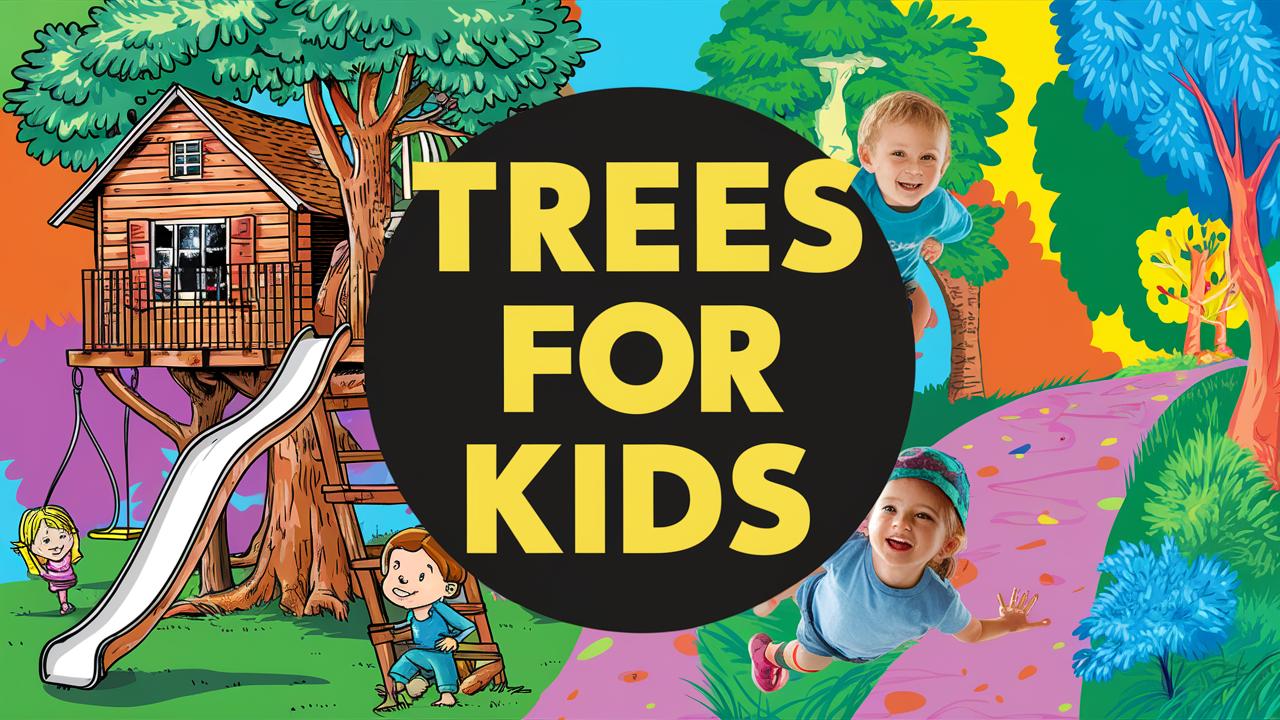In this guide, we’ll explore a variety of trees that not only beautify our landscapes but also have unique characteristics and stories to tell. Whether you’re planning a nature walk, a school project, or simply want to learn more about these magnificent plants, this guide to “Trees for Kids” will help you discover the magic of trees!
Oaks

Oaks are among the most respected trees in the world, known for their strength and longevity. They belong to the Quercus genus and can live for hundreds of years, making them symbols of endurance. There are over 600 species of oak trees, and they can be found in different habitats, from forests to rural landscapes.
Oaks are fantastic for kids to learn about because they support diverse wildlife. The acorns produced by oaks are a favored food source for many animals, including squirrels, deer, and birds. Kids can observe the way these animals interact with oak trees, offering a firsthand look at the ecosystem.
Moreover, oak leaves change colors beautifully in the fall, turning from deep green to shades of red and gold. This transformation can inspire kids to appreciate the seasons and the cycle of life. Collecting acorns or leaves and pressing them into art projects can also be a fun and educational activity for children.
Yellow Buckeye Tree
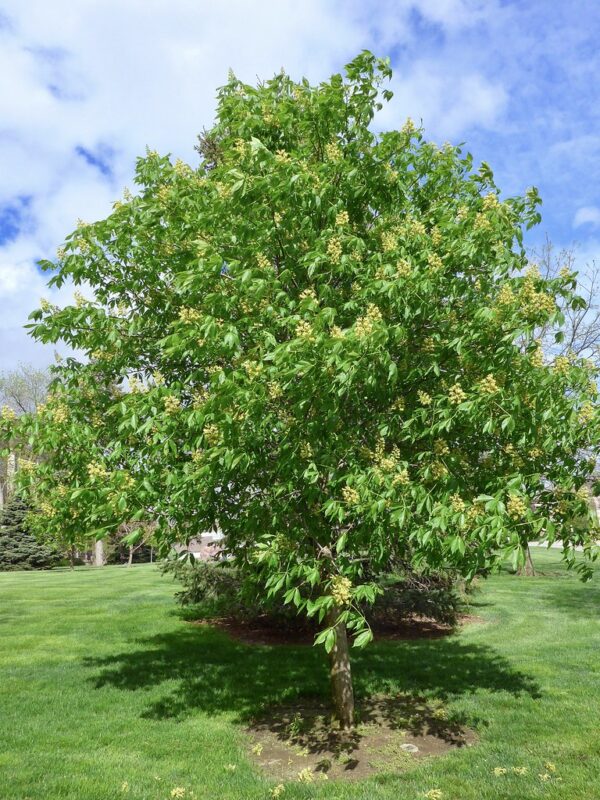
The Buckeye tree, belonging to the Aesculus genus, is an intriguing tree primarily found in the eastern United States. It is famous for its unique, shiny seeds that resemble the eye of a deer, leading to its nickname, “Buckeye.” These seeds, which can be collected and polished, can be used to create crafts and familiarize children with the natural world around them.
The Buckeye tree has beautiful flowers that bloom in vibrant colors ranging from yellow to reddish-pink in the spring. Children can enjoy visiting these trees to watch the spectacle of blossoms and learn about pollination. The flowers attract a variety of pollinators such as bees and butterflies, allowing kids to understand the importance of these creatures in maintaining a healthy ecosystem.
Interestingly, while Buckeye seeds are captivating, they are toxic if swallowed. This can spark discussions with kids about identifying safe versus unsafe plants and the mysteries that nature holds.
Maple
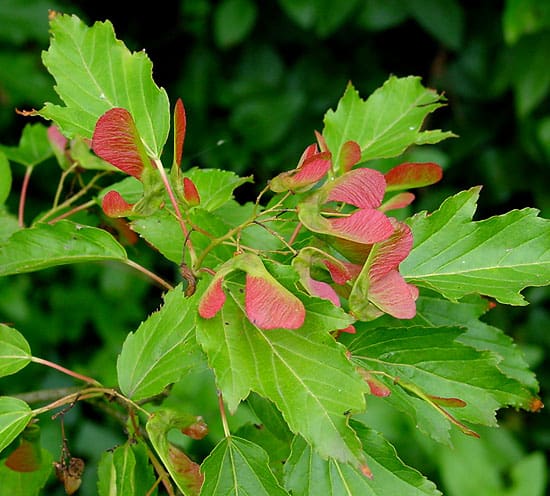
Maple trees are beloved for their sweet sap, vibrant fall foliage, and distinctive leaves. Kids often enjoy learning about how maple syrup is made, as it offers a delicious connection to nature. In early spring, many families participate in maple sugaring, collecting sap from the trees and transforming it into syrup. This process is a great way for children to engage with nature and understand where their food originates.
The leaves of the maple tree are recognized for their stunning colors, ranging from brilliant reds to deep oranges, making them a favorite during autumn. Collecting leaves during this golden season can inspire creative projects like leaf rubbings or classroom decorations, celebrating the beauty of nature.
In addition to their visual appeal and culinary use, maple trees provide habitats for various wildlife, including squirrels and numerous bird species. Observing the busy lives of animals in and around maples can spark curiosity in children about ecosystems and the interconnectedness of life.
Sycamore
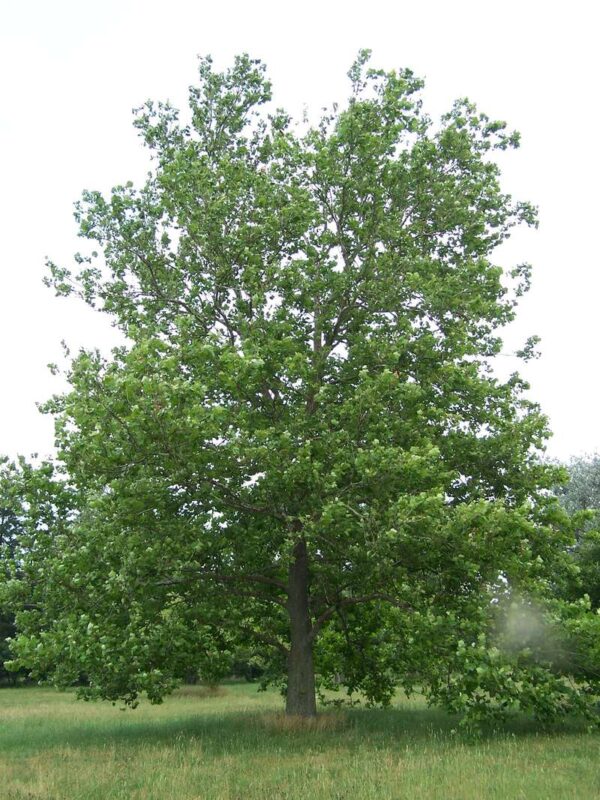
The Sycamore tree, known for its massive trunk and distinctive mottled bark, is another amazing species for kids to explore. Often found in parks and along riverbanks, Sycamores provide ample shade, making them perfect for playtime under their expansive branches.
The leaves of the Sycamore are large and palmate, resembling a hand with fingers extending out. Kids can easily recognize them and enjoy looking for these giant leaves during nature walks. Sycamores also produce small, round fruits called “buttonballs” that can be gathered and used in crafts.
One of the most interesting facts about Sycamores is their ability to grow very tall – often exceeding 100 feet. This impressive height offers opportunities for kids to learn about tree measurement and the concept of scale in the natural world.
Eastern White Pine
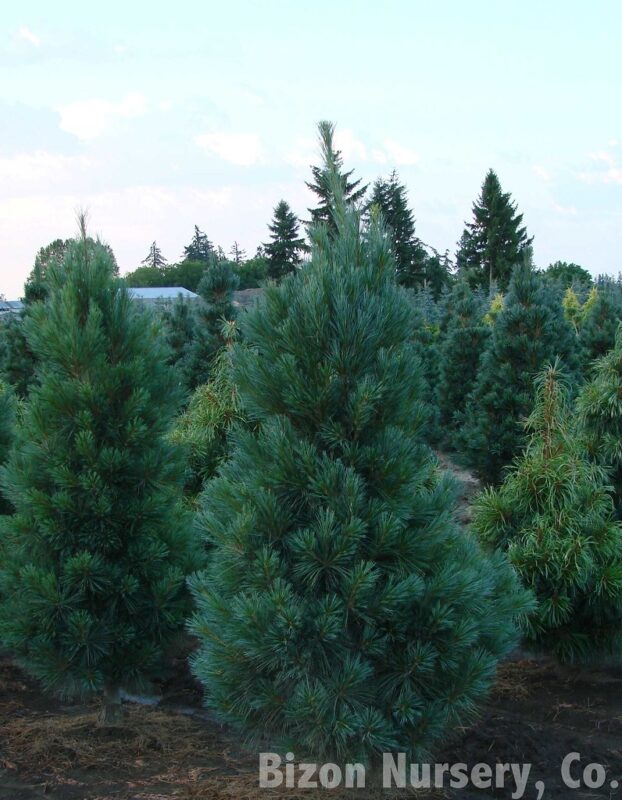
The Eastern White Pine is one of the tallest trees in eastern North America, reaching heights of over 150 feet. This tree is easily recognized by its long needle-like leaves that grow in bundles of five. The soft texture of these needles makes them a favorite among children, who often enjoy handling them during outdoor activities.
Eastern White Pines are significant for their straight trunks and light timber, which was historically valued by shipbuilders and carpenters. Learning about how trees like the Eastern White Pine have been used throughout history can enrich children’s understanding of resource conservation and respect for nature’s gifts.
Moreover, this tree provides a habitat for a variety of wildlife, including birds and small mammals. Watching these animals taken interest in the tree creates an engaging environment for kids, encouraging them to observe the delicate balance of nature.
Hickory
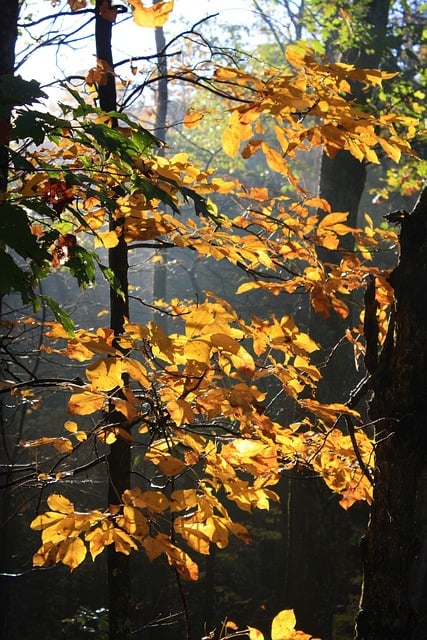
Hickory trees, renowned for their strong wood and edible nuts, are part of the Carya genus. They are common in the eastern United States and are essential for both wildlife and humans. The nuts produced by hickory trees are a delicious treat for both squirrels and people alike, providing an opportunity for kids to learn about nut gathering and the joy of foraging.
The hardiness of hickory wood makes it popular for crafting and smoking meats, which can introduce children to various culinary processes. Engaging kids in the art of woodcrafting or cooking with hickory nuts can deepen their appreciation for the tree’s significance.
In a playful sense, hickory trees can also serve as the backdrop for many games and adventures. Children climbing these trees can experience the thrill of nature firsthand, fostering a strong bond with the outdoors.
Cherry Tree
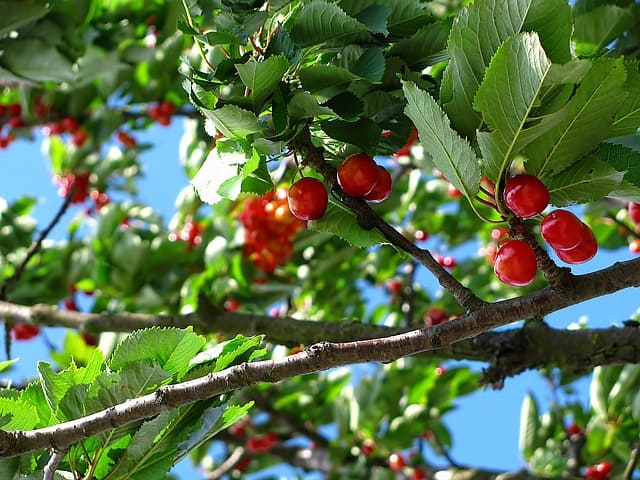
Cherry trees are not just famous for their stunning blossoms but also for the delicious fruits they produce. Their springtime blooms create a beautiful spectacle that attracts many visitors, especially during cherry blossom festivals. For kids, the vibrant pink flowers can spark creativity and enthusiasm to explore seasonal changes in nature.
The fruit of cherry trees is a sweet delight that can be enjoyed in various ways, from fresh eating to making pies and jams. This provides an excellent opportunity for children to get involved in cooking, learning about gardening, and understanding the importance of seasonal fruits.
Additionally, cherry trees are valuable in the ecosystem, as they attract pollinators like bees and butterflies in the spring. Observing this pollination process allows kids to connect with the essential roles these insects play in the environment, promoting a love for nature and sustainability.
Walnut
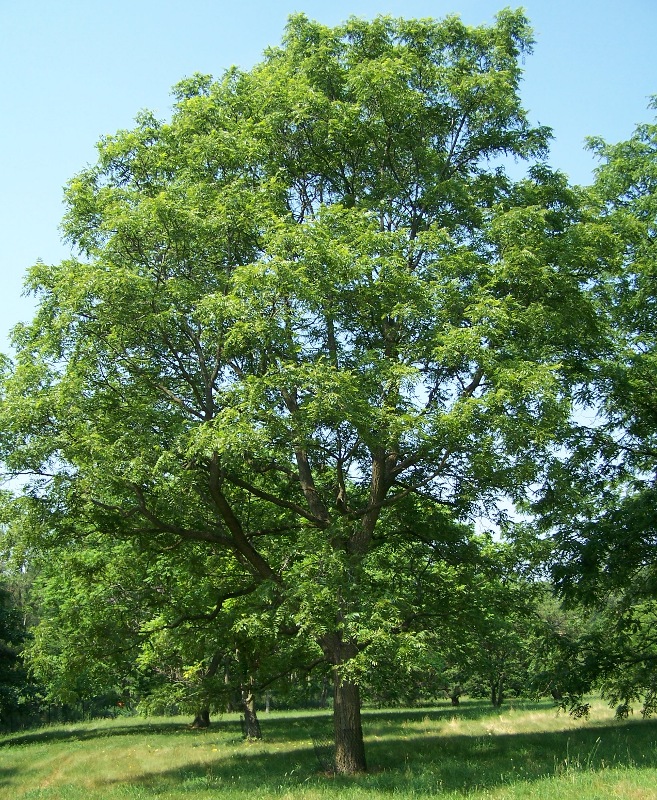
Walnut trees, distinguished by their large, round nuts, are significant not only for their culinary uses but also for their robust wood, which is ideal for crafting furniture and other household items. The walnuts produced by these trees are a favorite snack among both kids and wildlife, often sparking interests in gardening and food production.
The process of collecting walnuts can be fun and educational, teaching children about the life cycles of plants and the value of harvesting. Kids can even learn to crack open walnuts, which can lead to discussions about food preparation and nutrition.
In addition to their practical uses, walnut trees provide excellent shade and can be a great play area for children. The intricate bark and extensive branches make for an inviting space to explore, fostering a sense of adventure and curiosity about the natural environment.
Birch
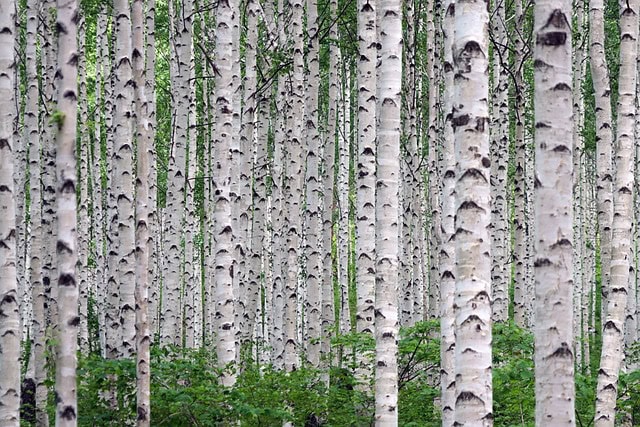
Birch trees, with their stunning white bark and delicate leaves, are often called the “trees of the people.” They are easy to identify thanks to their striking appearance and are known for their adaptability across various climates. Kids can learn about the resilience required for plants to thrive and the different environments they inhabit.
The bark of the birch tree has historically been used by Indigenous peoples for making baskets, canoes, and shelter. Learning about these traditional uses can ignite kids’ imaginations and connect them with historical and cultural contexts.
The leaves of birch trees flutter gracefully in the wind, creating a beautiful rustling sound that can delight children and enhance their sensory engagement with nature. Observing these trees in different seasons can also provide a rich educational experience on how trees adapt and signal seasonal changes.
Apple
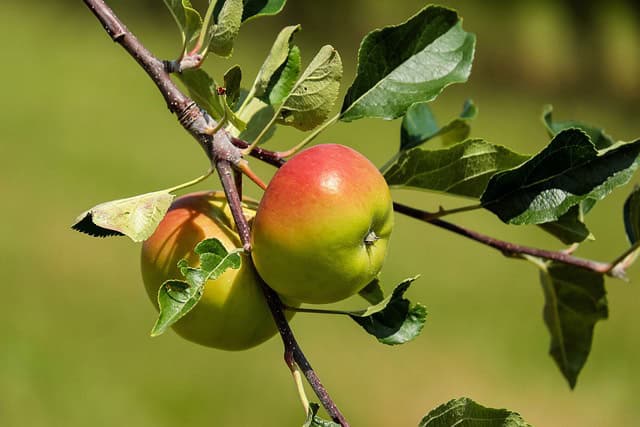
The apple tree is perhaps one of the most familiar trees and is widely loved for its sweet, juicy fruits. Kids have probably enjoyed picking apples or munching on them during school lunch; this familiarity makes learning about apple trees particularly engaging.
Children can learn about the life cycle of apple trees, from seed germination to fruit-bearing plants. The process of grafting apple trees can also serve as a fascinating science lesson and provides an opportunity for hands-on activities, like planting their apple seeds at home.
Additionally, apple trees bloom in spring with beautiful white to pink flowers, which can attract pollinators, offering another avenue for kids to learn about the importance of these insects. Engaging in apple-themed crafts, such as making apple prints, can further deepen their appreciation for this delightful fruit.
Magnolia
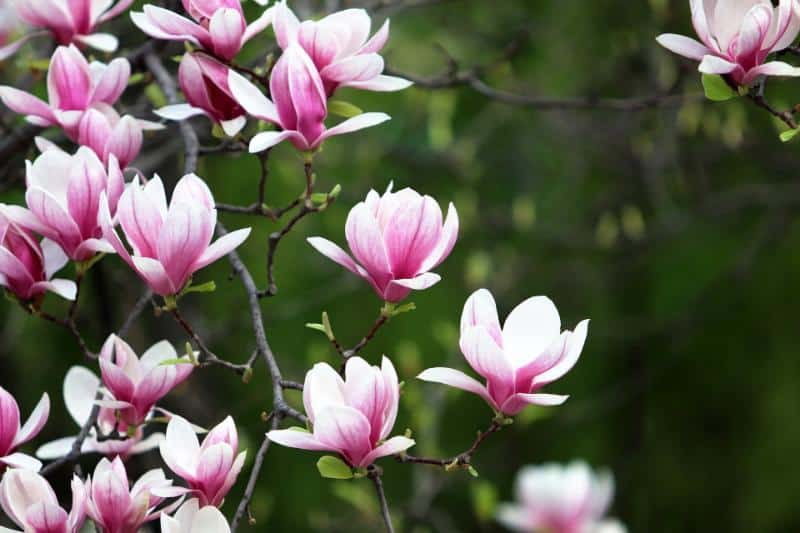
Magnolia trees are known for their large, fragrant blooms that come in an array of pastel colors. Their flowers have a unique, waxy texture and typically bloom before the leaves emerge, creating a spectacular sight in the spring. This can be an exciting topic for kids to explore, as they can experience the beauty of nature’s awakening.
The magnolia tree is also rich in history and symbolism, often associated with gentleness and nobility. Telling children about magnolia’s significance can foster an appreciation for the stories trees carry within their rings and bark.
Furthermore, magnolia leaves are distinctively large and leathery, providing an engaging tactile experience for kids. They can learn to identify and compare different tree species and understand the diverse attributes that make each one unique.
Weeping Willow
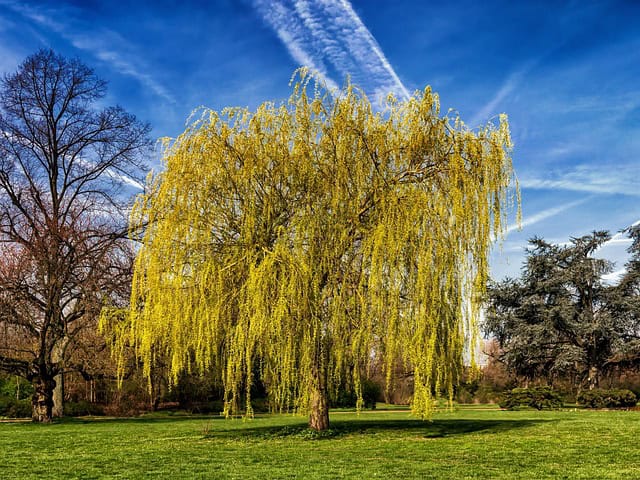
Weeping Willows are loved for their long, cascading branches that sway gently in the wind, creating a magical environment for kids. They often grow near bodies of water, which adds another element of beauty to their setting. This tree’s unique appearance can inspire imaginative stories and plays in the backyard or local park.
The sight of a weeping willow’s branches dipping towards the ground encourages kids to play, explore, and interact with nature. These trees often become a favorite play spot for children, and climbing them can be an adventurous activity, promoting physical activity and outdoor exploration.
In addition to their playful nature, weeping willows have deep roots, which can prompt discussions about the importance of a solid foundation—both in trees and in life. Children can learn about the resilience of trees and how they adapt in challenging environments.
Mulberry
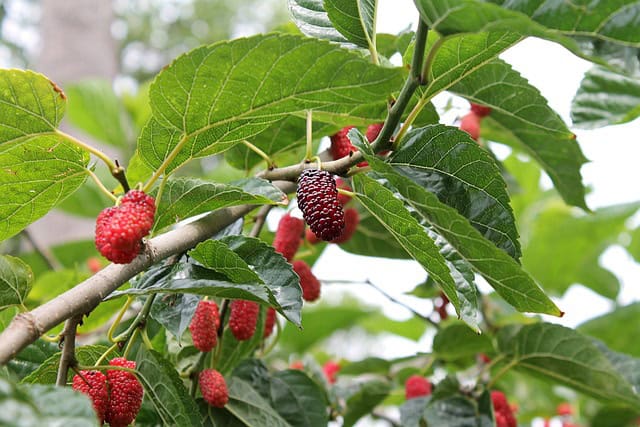
Mulberry trees are a delightful addition to any landscape, especially for children. They produce small, sweet, berry-like fruits loved by both birds and humans alike. Kids can enjoy picking mulberries from the trees and using them to create tasty snacks, jams, or desserts, enhancing their connection to their food sources.
The leaves of the Mulberry tree are also significant, as they serve as the primary food source for silkworms. This aspect can be a gateway for kids to learn about the silk-making process and the relationship between trees and various ecosystems.
Mulberry trees are hardy and can grow in a variety of conditions, providing an excellent opportunity for kids to learn about adaptive growth and the importance of trees in supporting local wildlife. Their vibrant life cycles and fruitful outputs can inspire creativity and curiosity about nature.
Cottonwood
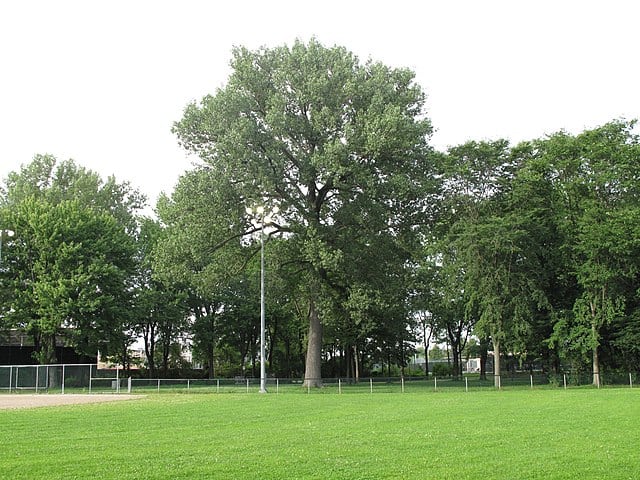
Cottonwood trees are easily recognizable due to their broad leaves and distinctive fluffy seed clusters. In late spring and early summer, kids can observe cotton-like tufts descending from these trees, which can turn into a fun game as the “cotton” falls like snow.
These trees thrive near waterways, making them important for maintaining healthy ecosystems. Children can discover how cottonwoods contribute to their environment while spotting the various wildlife that call these trees home.
Involving kids in simple science experiments, such as observing how wind disperses cottonwood seeds, can be a fun way to encourage curiosity about plant reproduction and ecology. Engaging with cottonwoods deepens kids’ understanding of the interconnectedness of nature.
White Oak
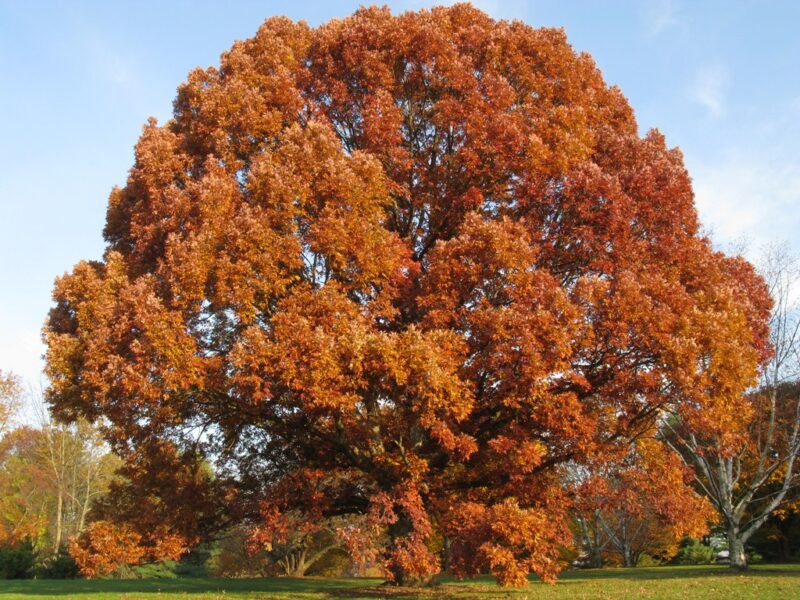
The White Oak is an important native tree in North America, known for its durability and long lifespan. Its leaves are deeply lobed and turn a beautiful red in the fall, setting the stage for a seasonal spectacle that captivates children’s imaginations.
Nestled within forests or parks, white oaks provide homes for numerous species. Watching squirrels gather acorns or birds nesting can be exciting for children and offers a real-life example of food chains and habitats in action.
Kids can also learn about the importance of oaks in building and crafts as their wood is often used for furniture and barrels. This integral role in human life can lead to discussions about conservation and sustainable practices.
Red Oak
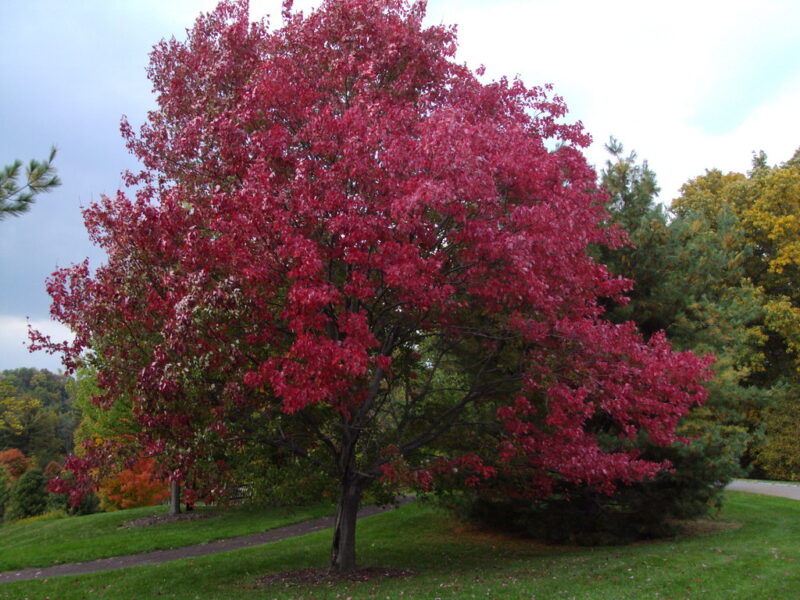
The Red Oak is one of the most sought-after hardwood trees in America, known for its strength and resilience. Its leaves are characterized by sharp lobes that showcase gloriously vibrant colors come autumn, inspiring creativity through artistic endeavors like leaf collecting and painting.
Red Oaks are also engineered for longevity. Teaching children about how this tree can live for hundreds of years can impart lessons about patience, endurance, and the lasting impact of their actions on the environment.
In addition, observing the rapid growth of red oaks can spark discussions about tree growth rings, environmental changes over time, and the way trees contribute to their ecosystems. Kids can appreciate the growth process and become more engaged in environmental stewardship.
Scotch Pine
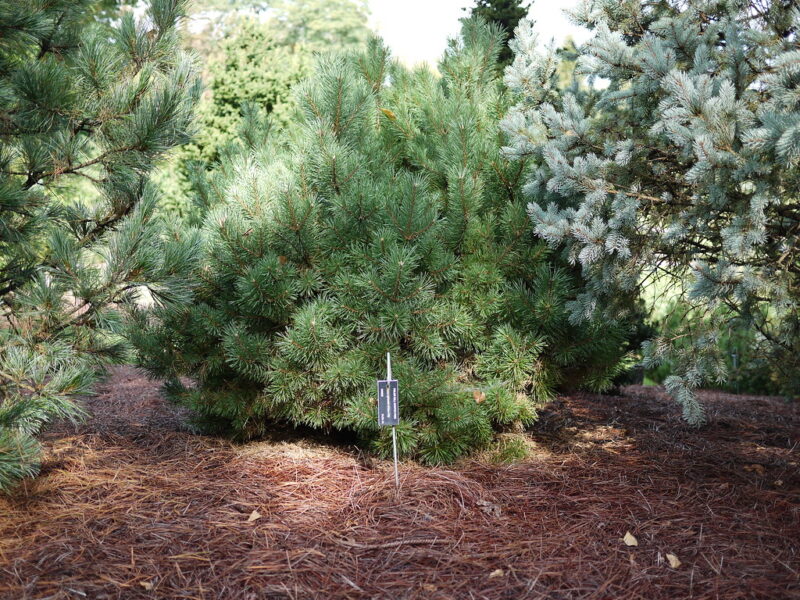
The Scotch Pine is an evergreen that boasts an array of adaptations that make it resilient to harsh conditions. Its characteristic long needles grow in pairs, making it distinguishable from other pines. The Scotch Pine’s ability to thrive in diverse settings allows children to explore the world of conifers and understand biodiversity.
These trees are often found in parks and forests, providing ample opportunities for outdoor play and exploration. Their tough, twisty bark can be used for simple crafts, like pinecone bird feeders, creating a direct connection between nature and creativity.
Furthermore, Scotch Pines play a crucial role in their ecosystems, providing shelter and food for various animals. This can help children appreciate the role of trees in supporting wildlife and understanding the interconnectedness of all living creatures.
Pear

Pear trees are cherished not only for their delicious fruits but also for their beautiful spring blossoms. Their clusters of delicate white flowers create a scenic backdrop ideal for outdoor gatherings or quiet moments of reflection in nature.
Kids love the process of nurturing pear trees, watching them grow from young saplings into fruit-bearing adults. This journey offers various opportunities for learning about botany, the importance of watering, and the impact of sunlight on growth.
Gathering ripe pears can transform into a delightful family activity, allowing children to become actively involved in food preparation, from harvesting to cooking. This connection can help children develop a deeper appreciation for nature’s bounty while fostering a love for healthy eating.


